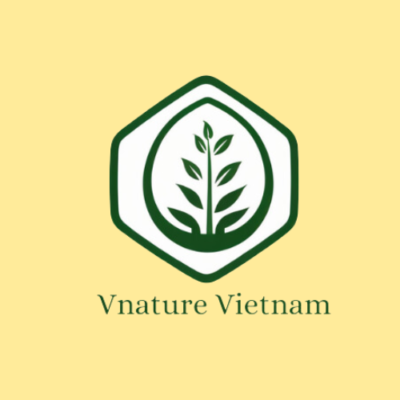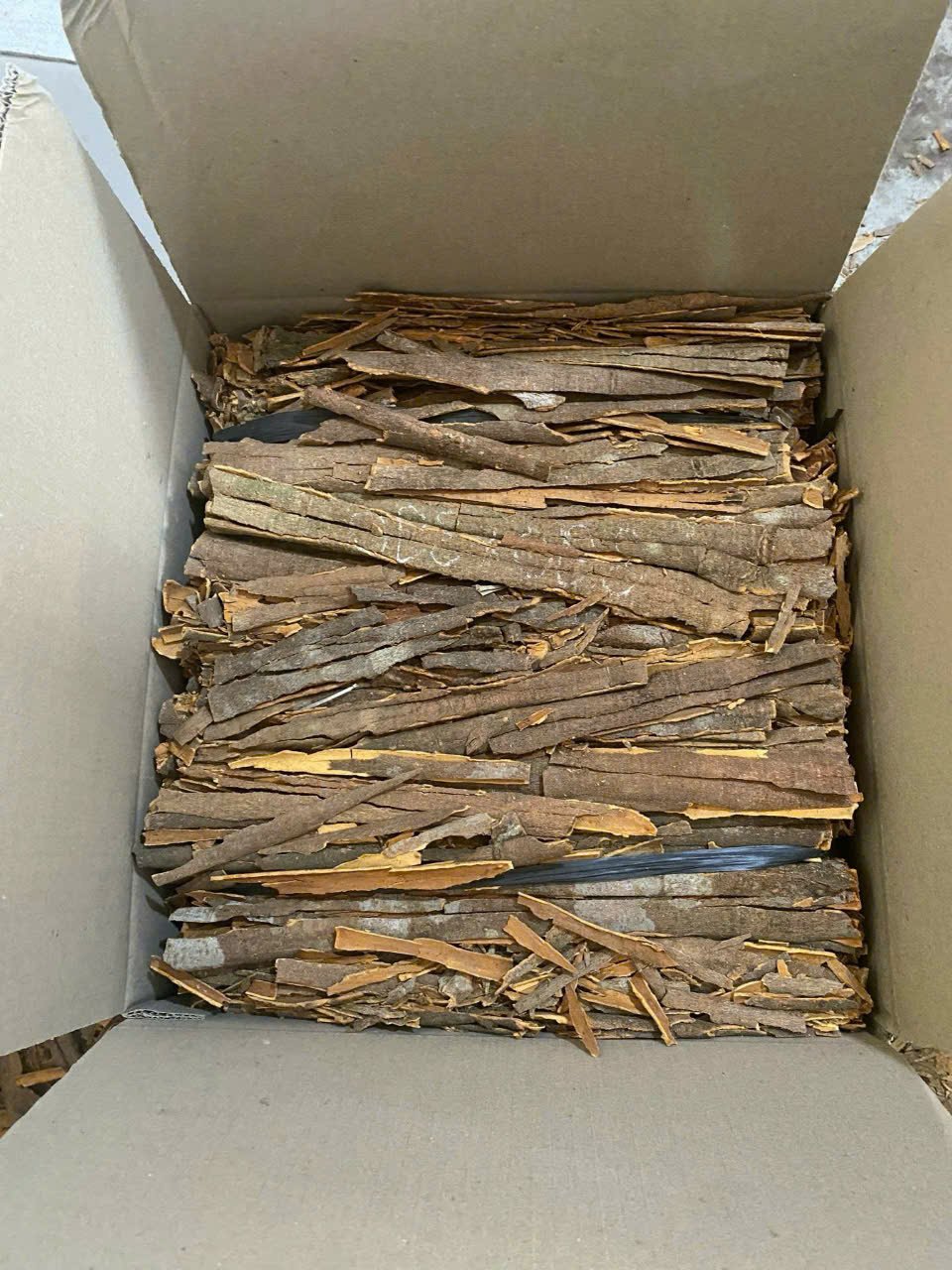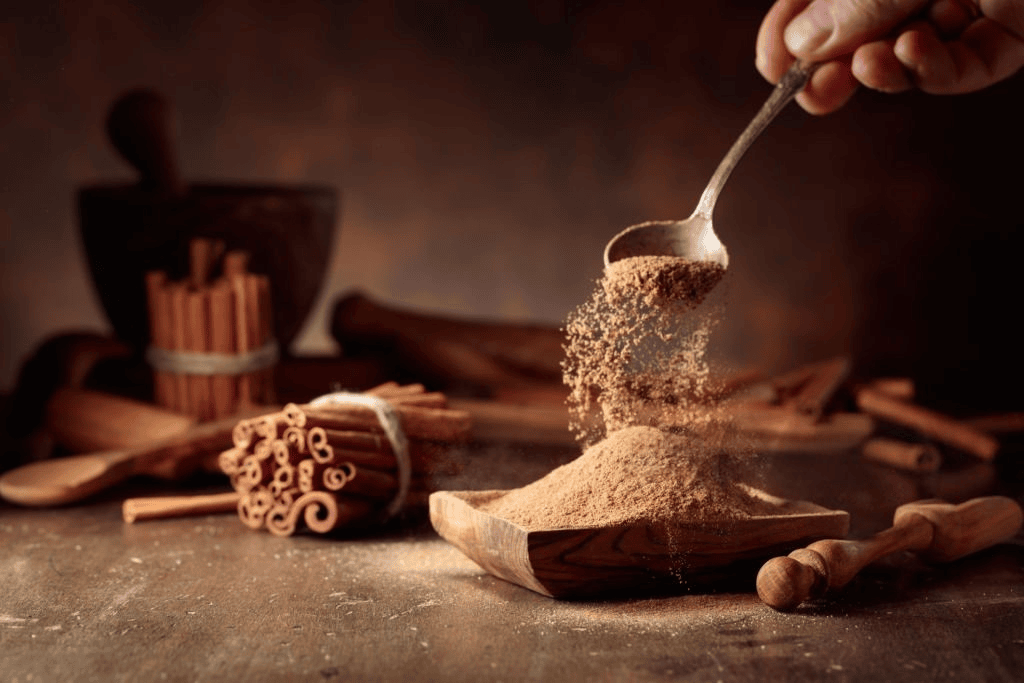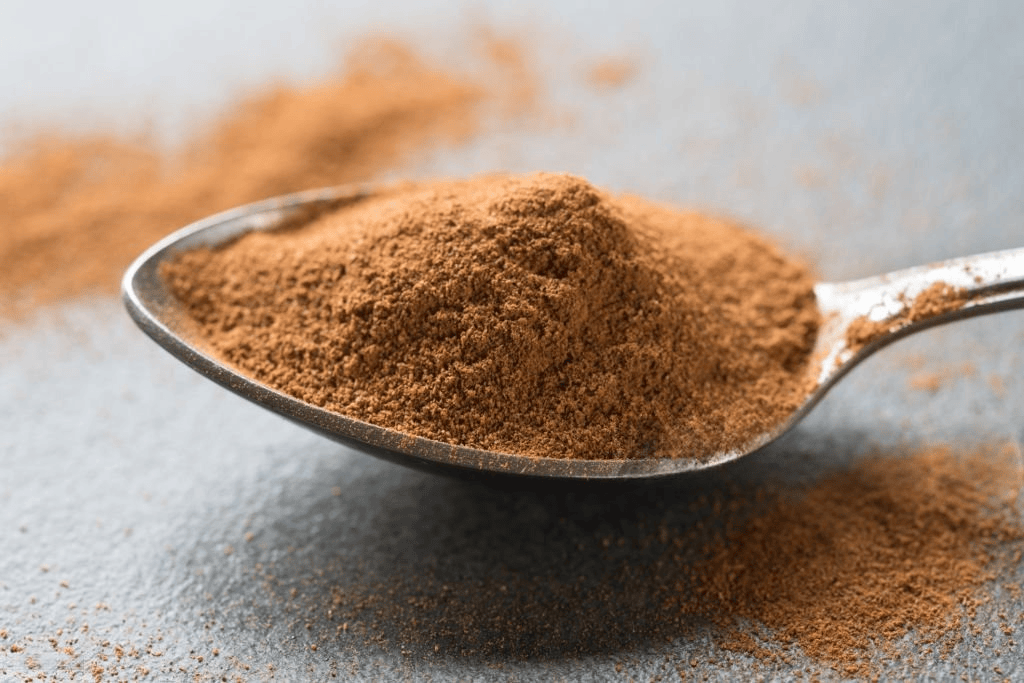Definitive Guide to Premium Vietnamese Cinnamon Bark Bulk Supplier
Contents
Definitive Guide to Premium Vietnamese Cinnamon Bark Bulk Supplier
Imagine opening a burlap sack to uncover the unmistakable scent of freshly harvested cinnamon bark—sweet, spicy, and heady. As a premium Vietnamese cinnamon bark bulk supplier, you’re not just selling a spice; you’re offering an experience rooted in centuries of tradition, cutting-edge quality control, and the promise of transforming ordinary products into unforgettable brands. In this all-in-one guide, we’ll journey from misty plantations to bustling ports, uncover best-in-class practices, and spark ideas for how you can captivate discerning buyers with your Vietnamese cinnamon bark.

1. Introduction
Vietnam’s ascent in the global spice hierarchy is nothing short of remarkable. In 2024, the country exported nearly 100,000 tons of cinnamon—equivalent to filling over 4,000 standard shipping containers—with revenues topping USD 274.5 million. This isn’t commodity trading; it’s the artful exchange of flavor, aroma, and heritage. As a premium Vietnamese cinnamon bark bulk supplier, you deliver large-volume buyers the raw material for everything from luxury bakeries to artisanal perfumers.
2. Market Dynamics
-
Explosive Growth: The global cinnamon market eclipsed USD 1.0 billion in 2023 and is poised to grow at 6.0 % CAGR through 2030, driven by health-centric consumers, gourmet chefs, and clean-label brand seekers.
-
Vietnam’s Dominance: Accounting for 16 % of world exports, Vietnam’s bark is coveted for its superior oil profile—a sweet spot between exotic Ceylon and robust cassia.
-
Regional Thirst: Bulk orders surge from India’s massive spice processors, U.S. craft-food entrepreneurs, and European chocolatiers looking for that “secret spice” edge.
These trends mean that as a bulk supplier, you sit at the sweet center of a billion-dollar arena.

3. Production & Origin
Close your eyes and picture the highland forests of Yen Bai and Lao Cai, where morning mist clings to cinnamon trees like a living shawl. Here:
-
180,000 ha of Plantations: Family-run farms and cooperatives nurture Cinnamomum loureiroi, whose bark is harvested twice a year—each strip peeled, sun-dried, and hand-graded for uniformity.
-
Essential-Oil Rich: With oil content exceeding 2.5 %, this Vietnamese bark yields the deep, resonant aroma that luxury perfumers prize and gourmet chefs crave.
-
Sustainable Stewardship: Many growers rotate cinnamon with shade crops and fruit trees, maintaining soil health and enhancing biodiversity.
By weaving in these origin stories, your buyers feel connected to a living landscape—and to the people behind every quill.
4. Quality & Certification
In a competitive market, certifications are your best ambassadors:
-
ISO 22000, HACCP & BRC: Guarantee that every stage—from field to pallet—meets rigorous international food-safety benchmarks.
-
USDA & EU Organic: Open doors to premium, health-forward markets where shoppers pay up to 20–30 % more for certified organic spices.
-
Traceability Systems: QR-coded lot numbers link back to harvest dates, processing centers, and lab reports—instilling buyer confidence and enabling swift recalls if ever needed.
Together, these credentials turn your cinnamon bark into a no-compromise solution for brands with the highest standards.

5. Packaging & Logistics
Transporting cinnamon bark is equal parts science and art:
-
20–25 kg Ventilated Cartons: Inner mesh liners and micro-perforations allow moisture to escape, preventing mold while preserving terpenes.
-
Foil-Lined Sacks: For even tighter barrier protection, foil layers block oxygen and light—key culprits in essential-oil degradation.
-
Container Conditioning: Sea containers fitted with air-exchange systems (≥10 changes/hour) maintain 15–25 °C and 60 % RH, so your bark arrives as aromatic as when it left the mill.
Mastering these details is what separates commodity traders from premium suppliers.
6. Key Buyer Applications
Your cinnamon bark isn’t just an ingredient—it’s a storytelling device:
-
Distillers & Perfumers: Extract rich cinnamon oil to craft signature blends, from warm seasonal scents to year-round fragrance staples.
-
Artisanal Bakeries & Beverage Houses: Infuse slow-steeped syrups, teas, and mulled wines—offering patrons an experience that’s equally fragrant and photogenic.
-
Wellness & Beauty Brands: Leverage cinnamon’s antimicrobial and circulation-boosting properties in scrubs, masks, and aromatherapy products.
When you showcase diverse use cases, buyers see endless possibilities for differentiation.
7. SEO Best Practices for Product Pages
To make your supply pages shine in search results:
-
Embed Your Keyword: Use “premium Vietnamese cinnamon bark bulk supplier” in the page <title>, H1, URL, and opening paragraph.
-
Rich Subheadings & Lists: Break content into digestible H2/H3 sections and bullet specs (e.g., quill length 30–45 cm, thickness 0.6–2 cm).
-
Image Optimization: Include high-resolution photos of graded quills, complete with alt text containing your keyword.
-
Schema Markup: Implement Product schema (price, availability) and BreadcrumbList so Google can feature you in rich snippets—driving higher CTR.
Nail these elements, and you’ll outpace generic commodity listings with a compelling, expert-level page.

8. Conclusion
By combining Vietnam’s storied cinnamon heritage, rigorous quality systems, and logistics excellence, you can position your operation as the definitive premium Vietnamese cinnamon bark bulk supplier. Armed with the insights in this guide—from misty harvests to SEO-optimized product pages—you’re ready to attract top-tier buyers, command premium pricing, and build lasting partnerships in an ever-growing global market.





